20 Onions You Should Know And How To Use Them Right
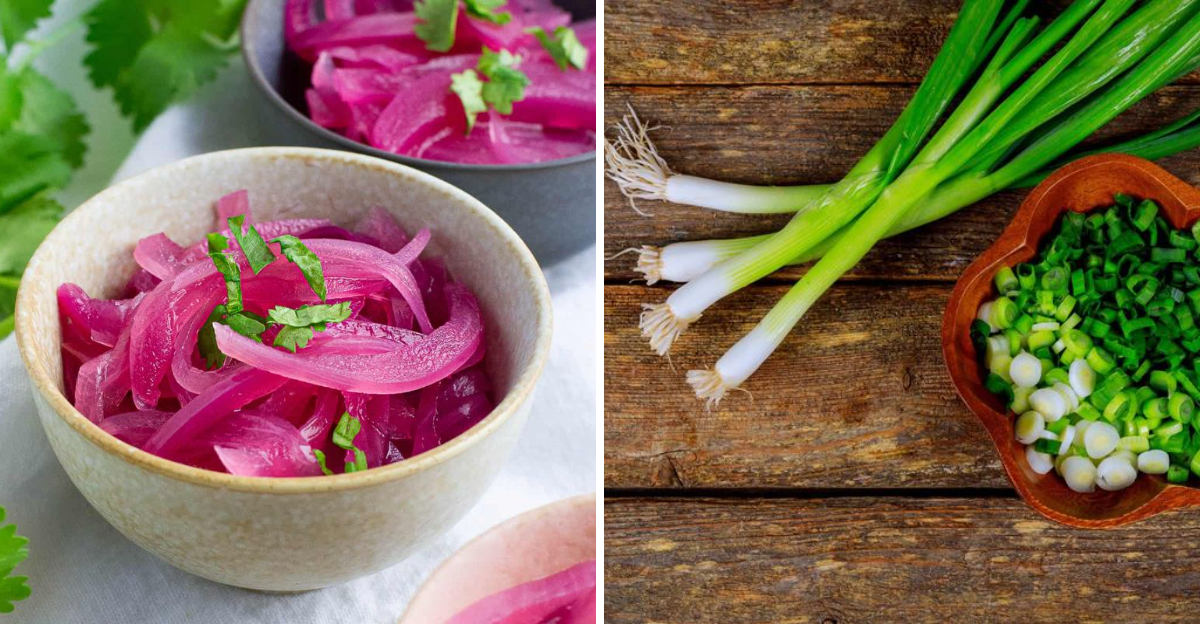
Onions are the flavor backbone of kitchens everywhere, but not all onions are interchangeable. Each variety has its own unique taste, texture, and best use—whether you’re caramelizing, pickling, grilling, or slicing raw. Here’s your go-to guide for 20 types of onions and exactly how to make the most of each.
1. Yellow Onion
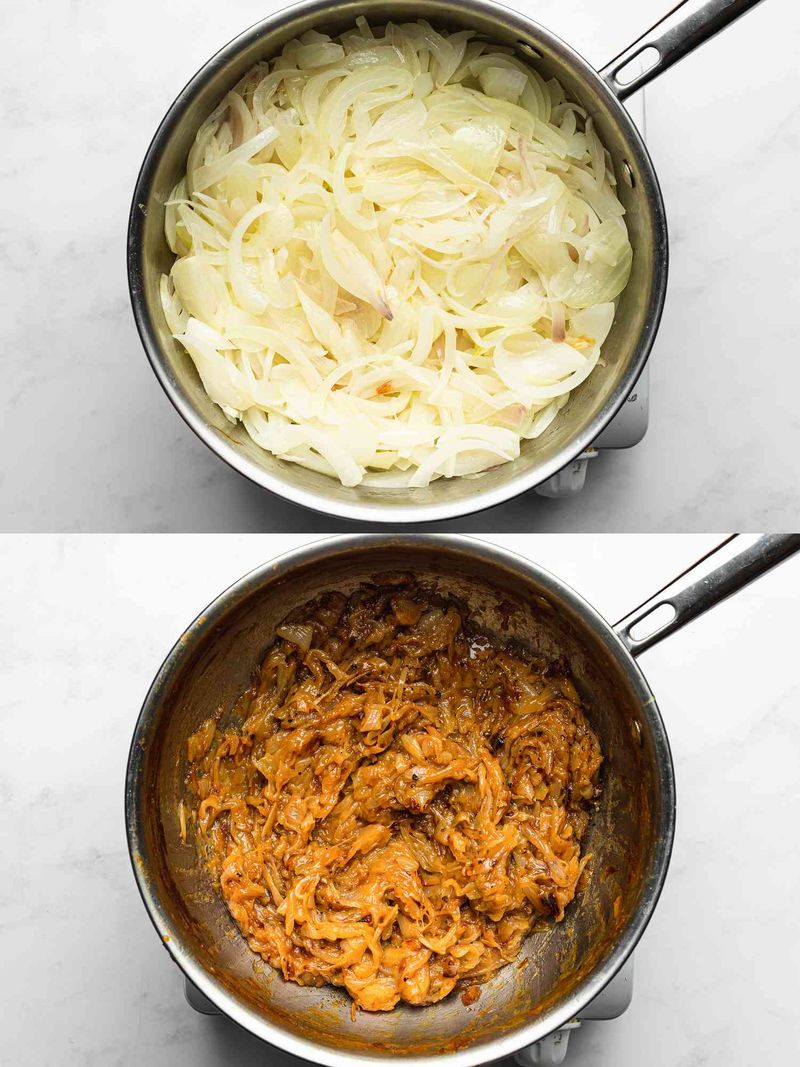
Known as the all-purpose onion, the yellow onion is a staple in many kitchens. Its bold flavor when raw mellows into a deeply sweet taste when cooked. Perfect for soups, stews, and caramelizing activities that require long cooking times.
Did you know that the yellow onion is one of the most widely grown onion varieties? Its versatility and robustness have made it a favorite for both home cooks and professional chefs.
Use it where you need a flavor base that stands up to heat and time, making it a reliable choice for anything that simmers.
2. White Onion

With a crisper texture and sharper flavor, the white onion is a key ingredient in many Mexican dishes. Its pungency makes it excellent for salsas, grilling, and dishes like tacos and fajitas. When cooked, it retains a bit of its sharp edge, making it a standout in any dish.
This onion’s bright, peppery bite is celebrated in cuisines where bold flavors reign supreme. Its striking white color often highlights vibrant dishes, adding both visual and flavor contrast.
Incorporate white onions where you want a punchy flavor that doesn’t fade away.
3. Red Onion
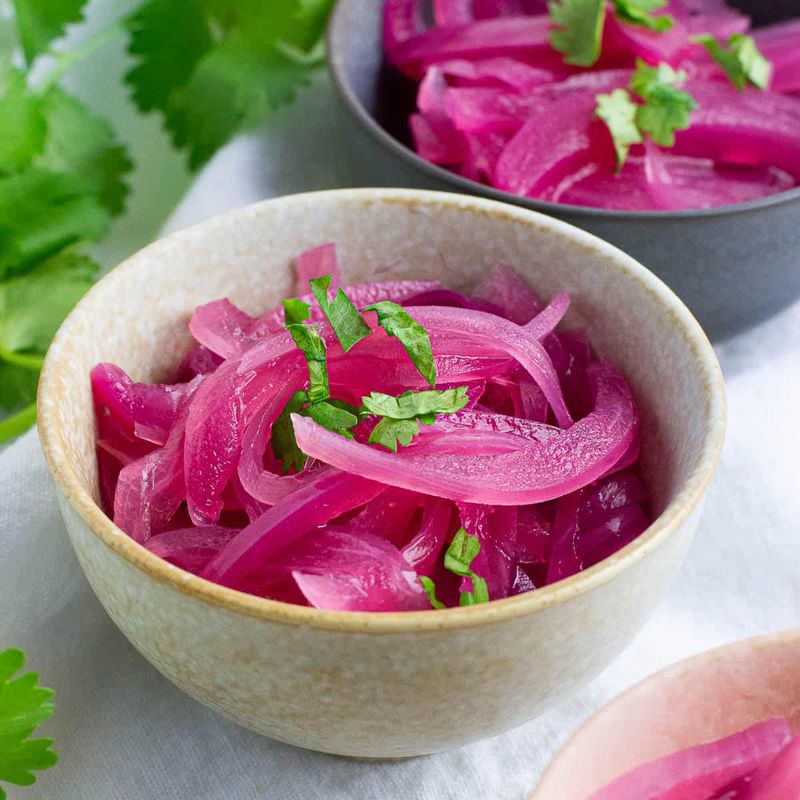
Mild and slightly sweet, red onions are unparalleled when used raw. They’re perfect for salads, sandwiches, and pickling, adding a splash of color and crunch.
Did you know that red onions are often used in antipasto platters for their vibrant hue and mild taste? Their eye-catching appearance is as notable as their flavor.
Use red onions in dishes where their bright color and fresh taste can shine, offering both visual appeal and a gentle onion flavor that’s never overwhelming.
4. Sweet Onion
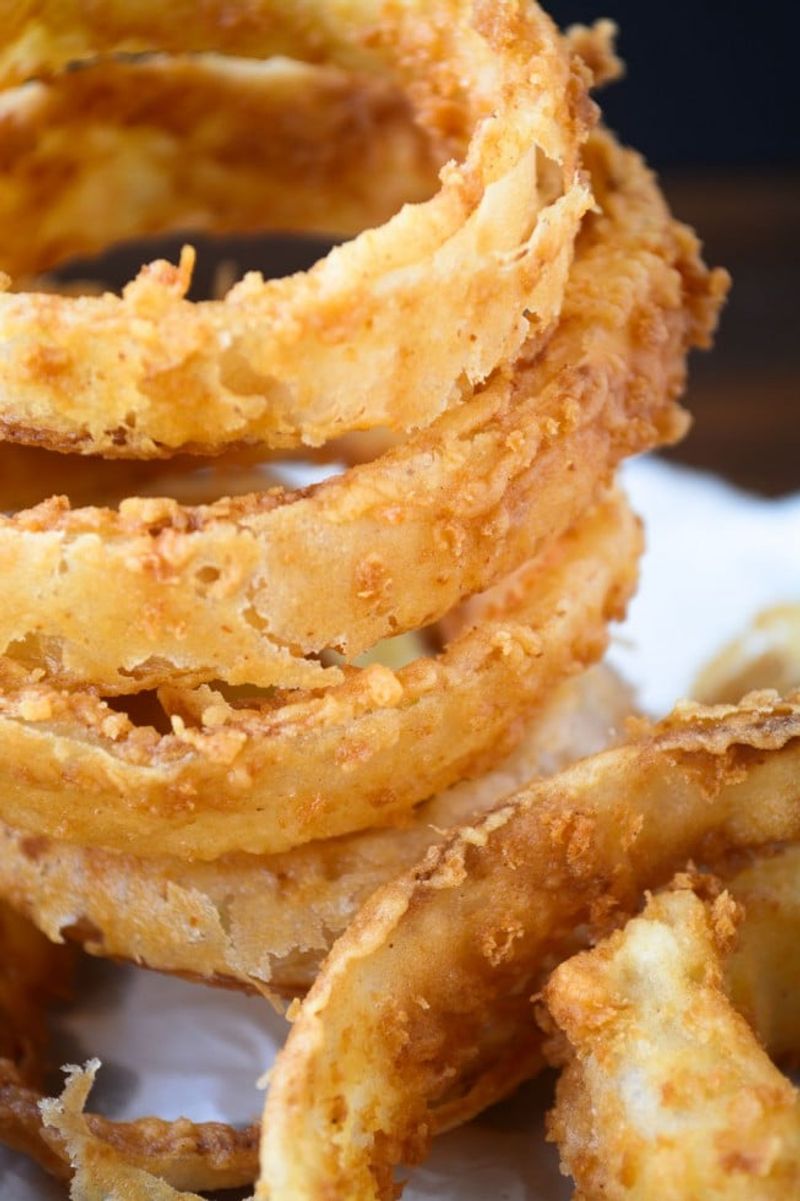
High in sugar and low in sulfur, sweet onions like Vidalia or Walla Walla are ideal for frying or eating raw. Their sugary taste makes them perfect for onion rings, roasting, or adding a mellow bite to burgers.
In Georgia, the Vidalia onion is celebrated with a festival each year, showcasing its prized sweetness. These onions are also a favorite for roasting because of their caramelization potential.
Whether fried to golden perfection or layered in a sandwich, sweet onions provide a gentle and pleasing flavor.
5. Shallots

Delicate and garlicky, shallots are the refined cousins of onions. They’re perfect in vinaigrettes, pan sauces, or minced into dips and dressings.
Shallots have been esteemed in French cuisine for their subtle flavor that bridges the gap between garlic and onions. Their ability to blend seamlessly into dishes makes them indispensable in many recipes.
Whether finely chopped for a dressing or sliced thin for a sauce, shallots add a touch of elegance and complexity to any dish they grace.
6. Green Onions (Scallions)
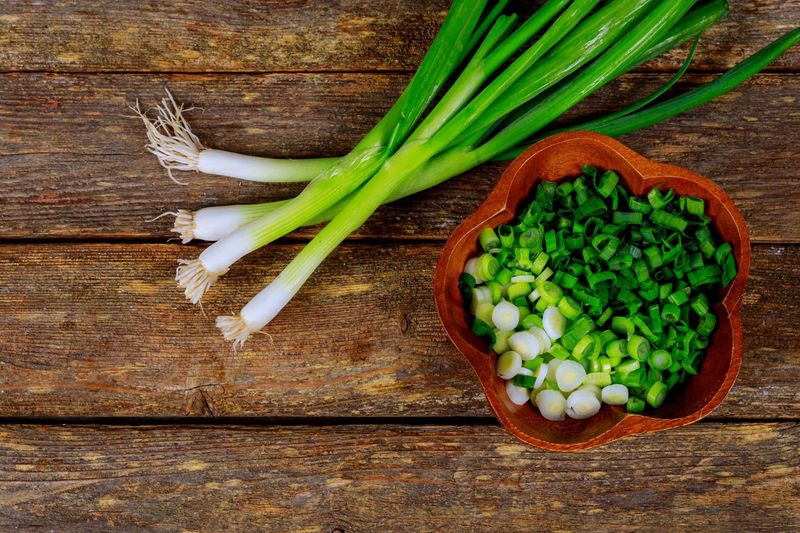
Green onions, or scallions, bring a mild and fresh onion flavor to dishes. Their white and green parts offer different tastes and textures, making them versatile for garnishing, stir-fries, and eggs.
In Asian cuisine, green onions are often used to add freshness to noodle dishes or as a garnish for soups. Their crisp texture and bright flavor are welcomed in many culinary traditions.
Use them raw for a fresh zing or quick sauté them to bring out a subtle sweetness. They’re the perfect finishing touch.
7. Spring Onions

Similar to scallions but with a bulb, spring onions offer a unique flavor profile. Their slightly sweet taste is ideal for grilling, topping pizzas, or tossing into salads.
These onions are beloved for their versatility and ability to enhance dishes without overpowering them. They’re often roasted whole to bring out their natural sweetness.
Whether grilled to perfection or added raw to a salad, spring onions give you the best of both worlds with their green tops and flavorful bulbs.
8. Cipollini Onions

Small, flat, and sweet, cipollini onions are perfect for roasting whole, braising, or glazing. Their natural sugars caramelize beautifully, making them a delightful accompaniment to roasts or balsamic reductions.
Originally from Italy, these onions have a rich history in Italian cooking, often appearing in traditional dishes.
Their size and sweetness make them a favorite for chefs looking to add depth and flavor, with a touch of elegance to any dish they accompany.
9. Pearl Onions

Tiny and mild, pearl onions are a classic choice for pickling, creamed dishes, and stews. Their small size and sweetness make them easy to incorporate into dishes where they add just the right amount of flavor.
In French cuisine, pearl onions are a staple in dishes like coq au vin, where they contribute to the sauce’s complexity.
Whether blanched and peeled for a creamy sauce or pickled for a tangy side dish, these onions add a touch of sophistication to any meal.
10. Leeks
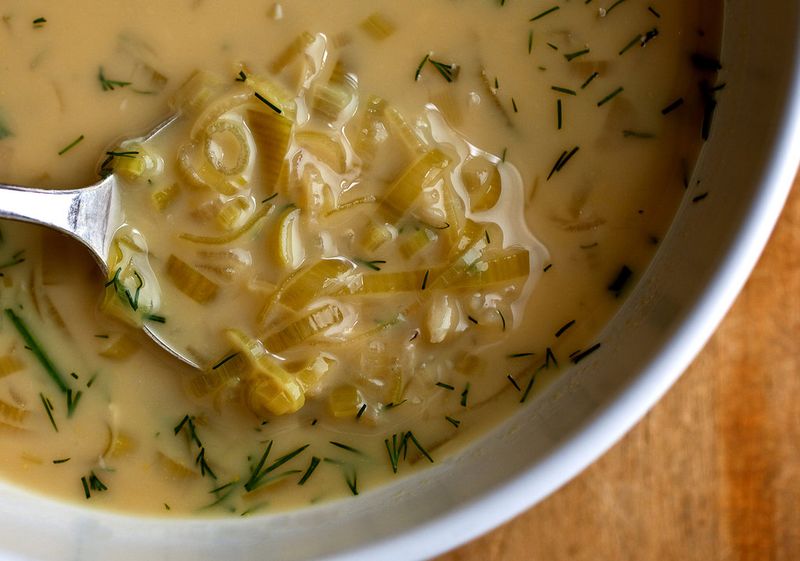
Mild and grassy, leeks offer a delicate onion flavor that’s perfect for soups, risottos, and quiches. The white and light green parts are often sliced thin and cooked gently to preserve their subtle taste.
In many European cuisines, leeks are cherished for their ability to add depth without overpowering other ingredients. They’re often featured in traditional dishes like leek and potato soup.
Leeks bring a gentle elegance to dishes, whether they’re the star of the show or a supporting player in a hearty stew.
11. Red Torpedo Onions

Long and cylindrical, red torpedo onions are sweet and perfect for grilling, roasting, or adding to salads. Their unique shape and flavor make them a standout in any dish.
These onions are often grown in Mediterranean climates, where their sweetness is enhanced by the sun. They are celebrated for their ability to complement both cooked and raw dishes.
Whether grilled to enhance their candy-like notes or sliced fresh into a salad, red torpedo onions are a delightful addition to many meals.
12. Maui Onions
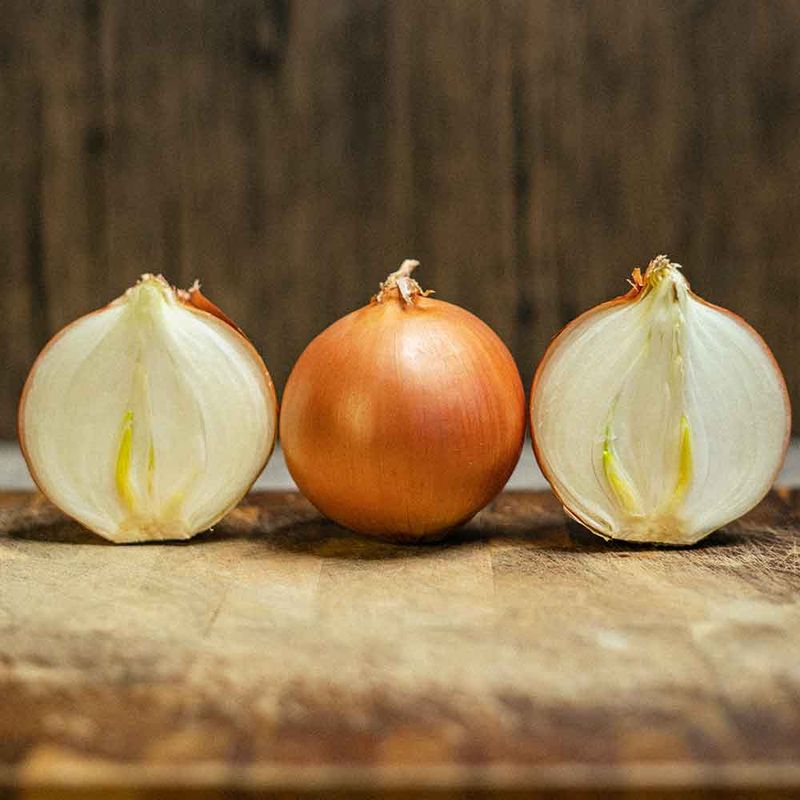
Grown in the volcanic soils of Hawaii, Maui onions are renowned for their super sweet and tender taste. Perfect for raw snacking, sandwiches, and burgers, they offer a mellow bite that’s hard to beat.
These onions are part of Hawaii’s agricultural heritage and are often featured in local culinary festivals.
Whether you enjoy them raw in a salad or grilled on a burger, Maui onions provide a taste of the tropics with their gentle sweetness and tender texture.
13. Tropea Onions
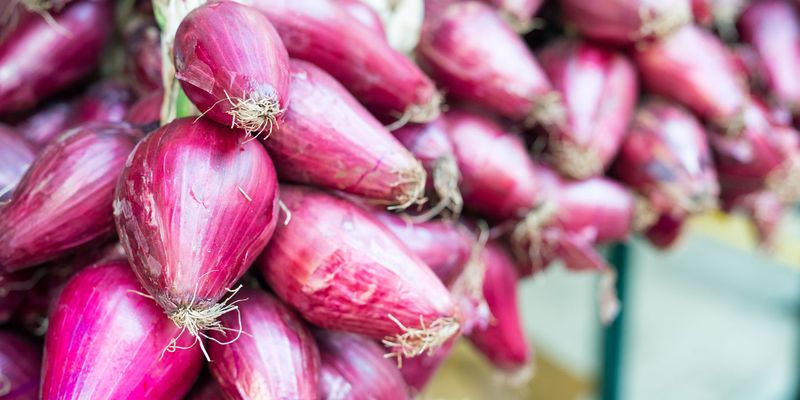
Sweet red onions from Calabria, Tropea onions are a true Italian treasure. Perfect for grilling, salads, or making chutneys, their unique sweetness shines through in every dish.
In Calabria, Tropea onions are a symbol of regional pride, often featured in traditional recipes and celebrated in local festivals.
Whether you eat them raw with a drizzle of olive oil or roast them to bring out their natural sugars, Tropea onions add a touch of Italian flavor and flair.
14. Yellow Bermuda Onions

Milder than most yellow onions, yellow Bermuda onions are ideal for sandwiches, light sautés, and tarts. Their subtle flavor allows other ingredients to shine without overpowering them.
These onions are often used in recipes where a gentle onion flavor is desired, adding a soft sweetness to various dishes.
Whether layered in a sandwich or delicately sautéed in a tart, yellow Bermuda onions bring a mild yet flavorful experience to your culinary creations.
15. Crystal Wax Onions

Also known as White Bermuda onions, crystal wax onions are round and white with a subtle flavor. They’re perfect for boiling, pickling, or roasting whole.
In the Southern United States, these onions are prized for their use in traditional recipes, often appearing in pickling jars and old family cookbooks.
Whether you choose to boil them for a hearty dish or pickle them for a tangy snack, crystal wax onions offer a taste of nostalgia and charm.
16. Ramps (Wild Leeks)
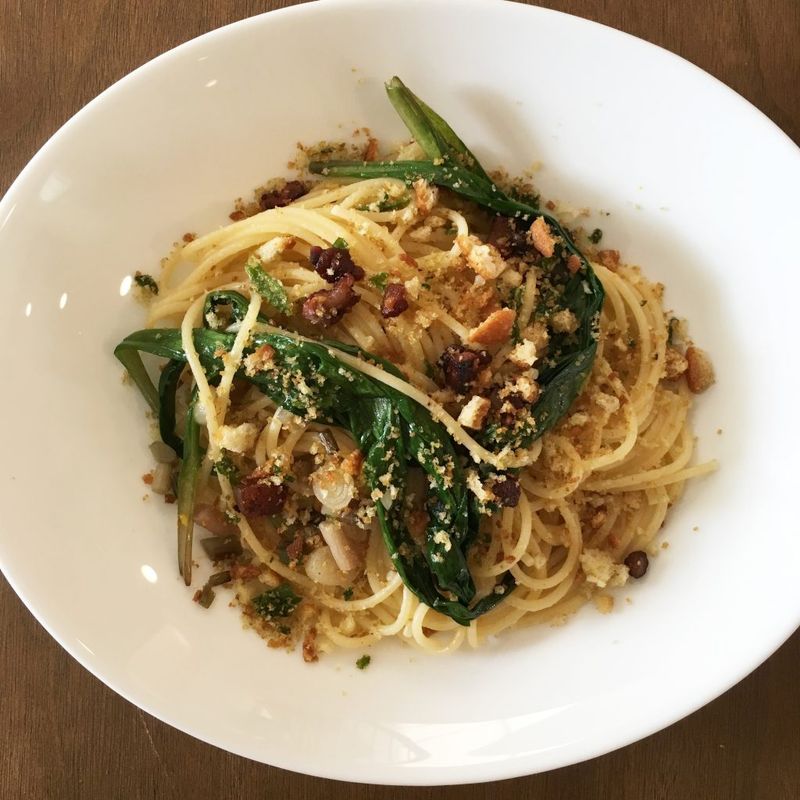
Garlicky and seasonal, ramps are a springtime delicacy prized for their bold flavor. Perfect for pasta, pesto, and egg dishes, they add a unique taste that’s unlike any other onion.
In Appalachia, ramps are celebrated in spring festivals, where their short growing season makes them a sought-after ingredient.
Whether you enjoy them sautéed in a pasta or blended into a vibrant pesto, ramps offer a seasonal treat that’s worth the wait.
17. Chives
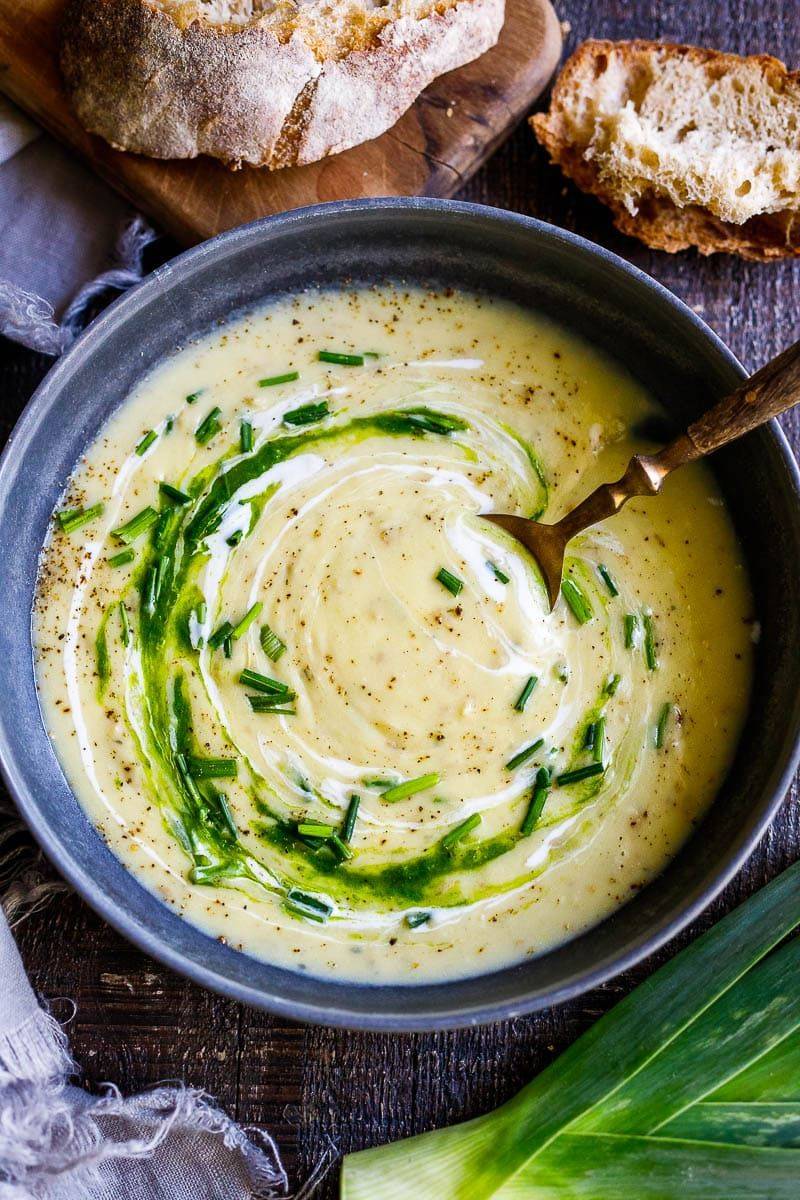
Though small and slender, chives pack a punch of flavor. Perfect for topping soups, potatoes, and dips, they add a delicate onion bite without overpowering.
In both French and American cuisines, chives are a favorite for their ability to enhance dishes with a subtle yet distinct flavor.
Whether sprinkled over a bowl of soup or mixed into a creamy dip, chives bring freshness and a gentle onion essence that complements many dishes.
18. Egyptian Walking Onions
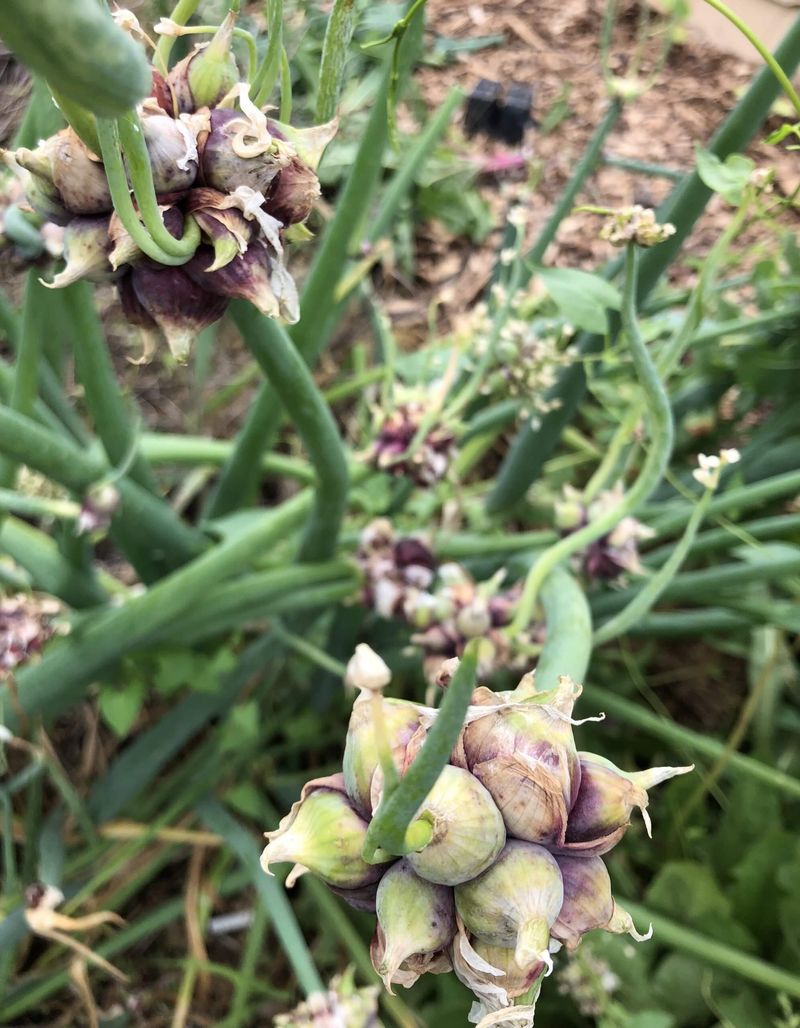
These hardy perennials are known for their unique ability to grow small bulbs on top, which eventually fall over and root themselves. Perfect for chopping into salads or eggs, they offer a robust flavor.
In gardens, Egyptian walking onions are a fascinating spectacle, with their top-heavy appearance and self-propagating nature.
Use them where you want an extra bite, whether you’re adding them to a fresh salad or scrambling them with eggs, offering a long-lasting harvest.
19. Welsh Onions

Welsh onions resemble scallions but don’t form bulbs. Sweet and mild, they’re great for stir-fries, noodle dishes, and soups, especially in Asian cooking.
These onions have been cultivated in East Asia for centuries, known for their ability to thrive in various climates.
Whether you’re adding them to a hot soup or a quick stir-fry, Welsh onions provide a mild flavor that’s both refreshing and complementary to many dishes.
20. Banana Shallots
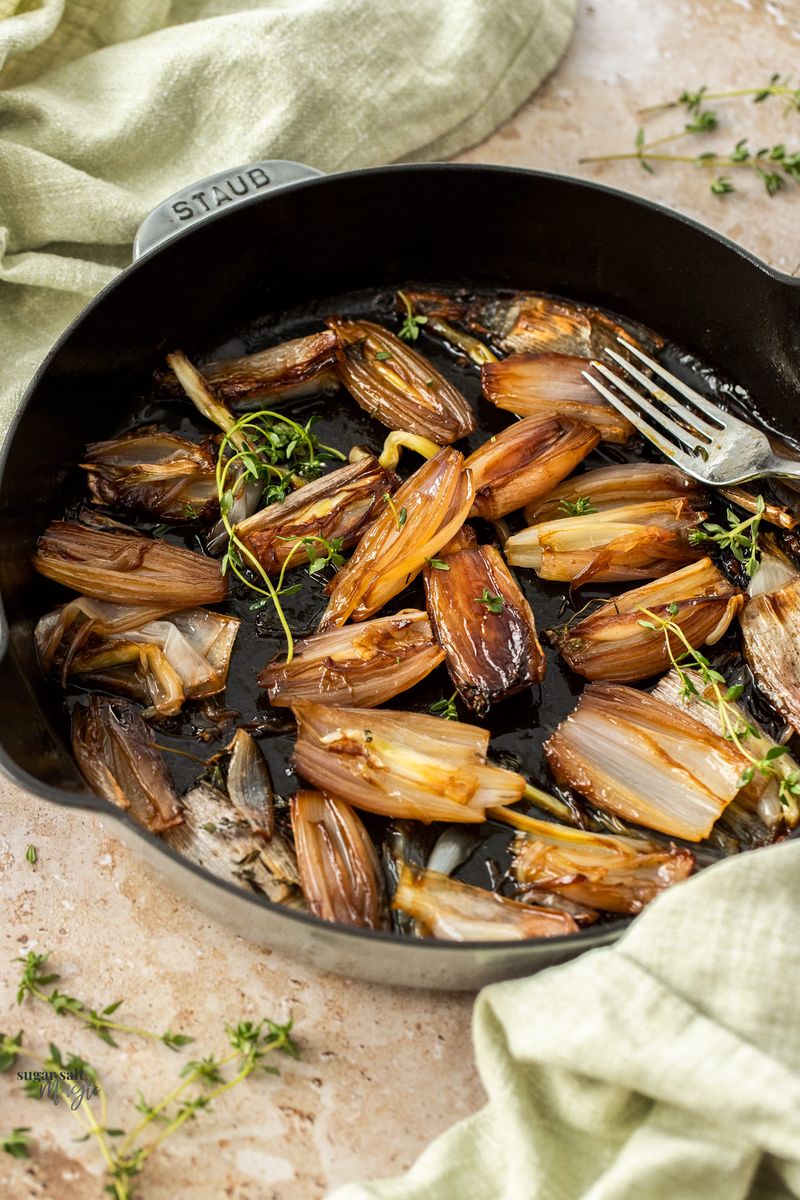
Larger than typical shallots, banana shallots are just as sweet and elegant. Perfect for roasting whole, slow-cooking, or making French sauces, they bring a rich flavor to any dish.
In French cuisine, banana shallots are prized for their ability to enhance sauces and stews with their sweet, subtle flavor.
Whether you’re caramelizing them for a sauce or slow-cooking them for a stew, banana shallots offer a unique twist on traditional shallots with their larger size and complex taste.
